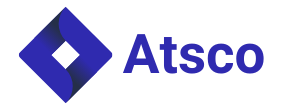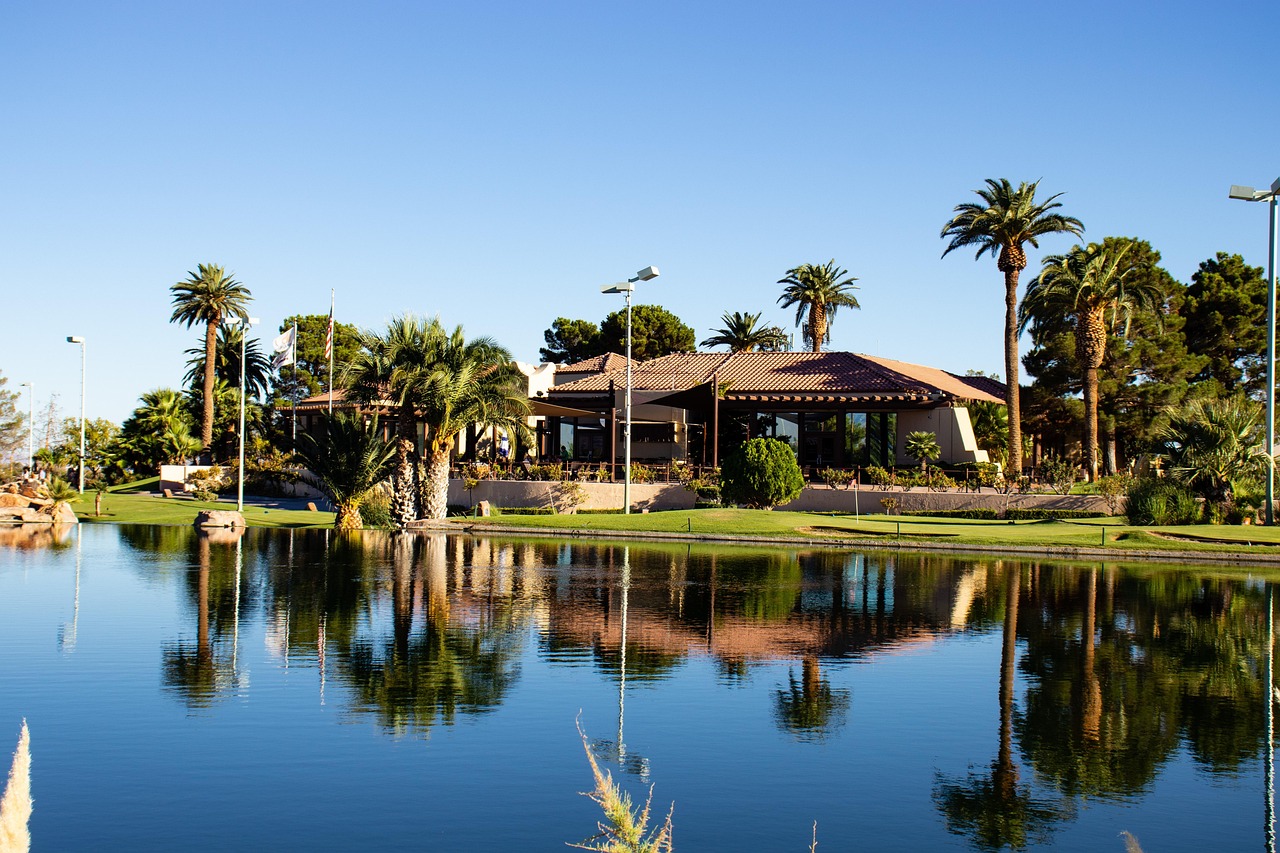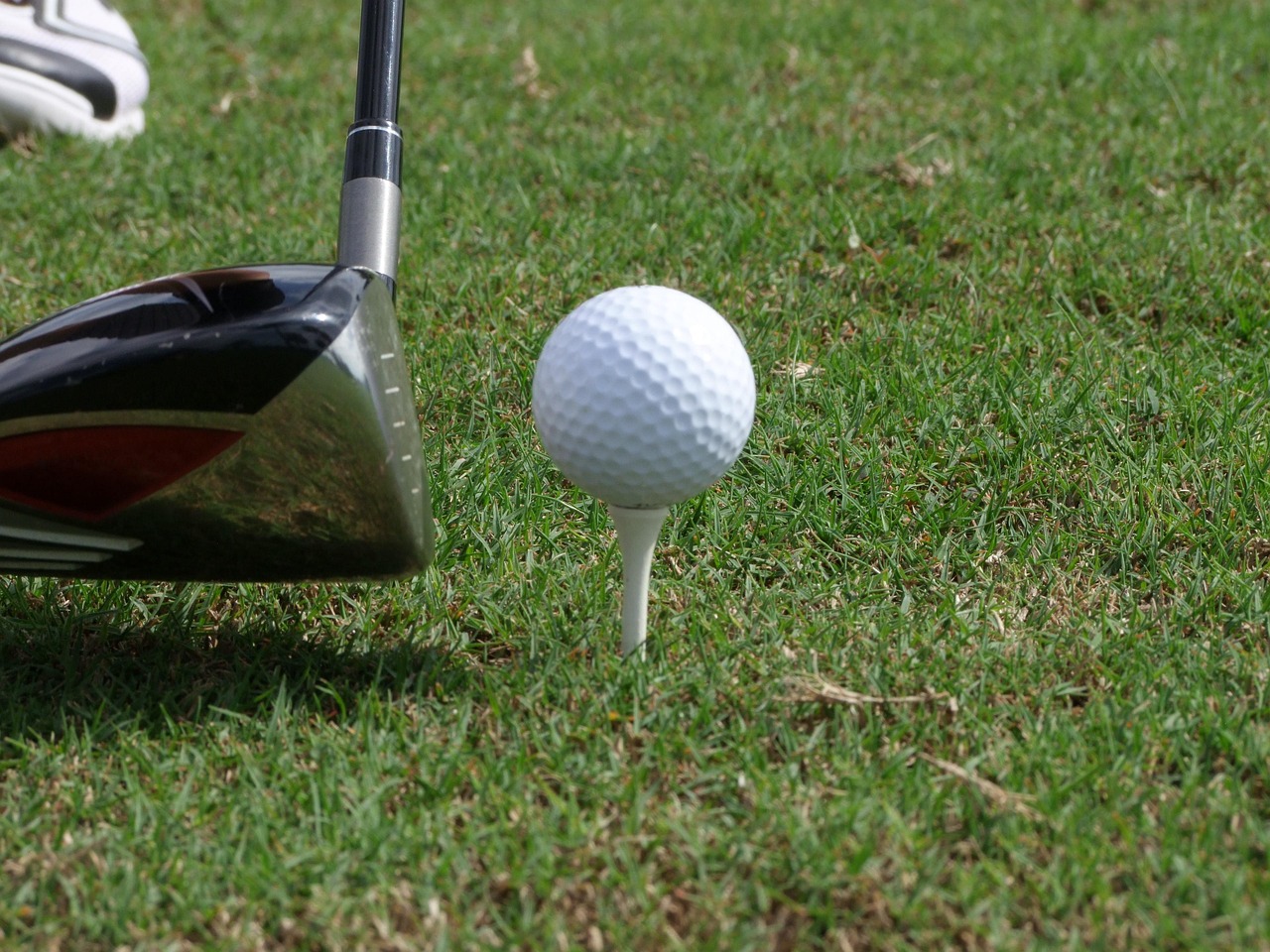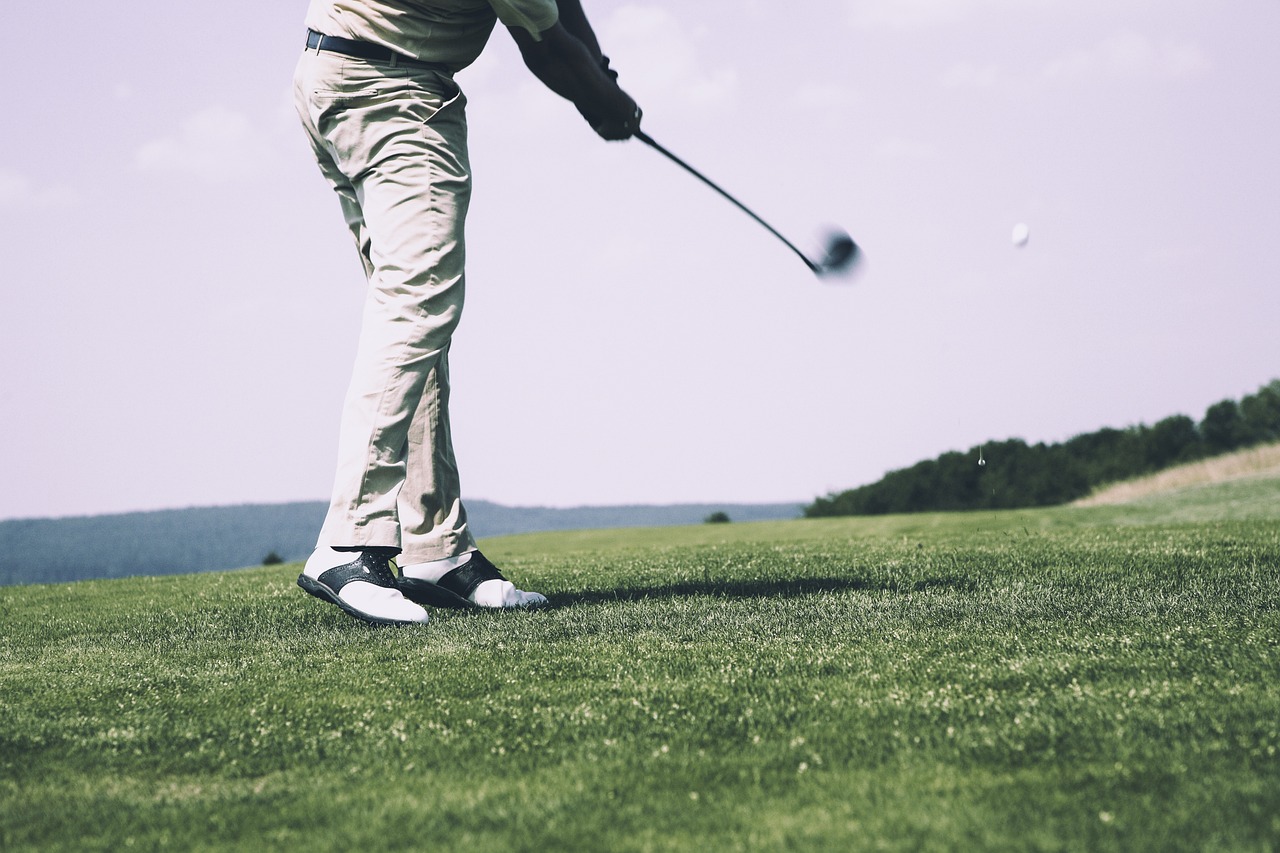Learning is not confined to the classroom or textbooks. We also learn from experience. But how can we learn from experience, and how do we reflect on it to improve our learning? Kolb’s reflection model provides a framework for doing just that.
Kolb’s reflection model involves four stages: concrete experience, reflective observation, abstract conceptualization, and active experimentation. First, we have an experience. We then reflect on that experience, thinking about what happened and what we learned. Next, we conceptualize our learning by connecting it to existing knowledge. Finally, we test out our new ideas by applying what we learned in a new situation.
This model can be applied to any learning experience, whether that be a workplace project or a personal experience. By reflecting on our experiences, we can identify what went well and what didn’t. We can then apply that knowledge to future situations to improve our performance.
Kolb’s reflection model encourages us to take an active role in our learning and to continuously improve. It also highlights that learning is not a one-time event but a continuous process. By reflecting on our experiences, we can continue to improve and grow.
Kolbs reflection model is great for learning from experiences. It has four parts: concrete experience, reflective observation, abstract conceptualization, and active experimentation. We can use it for all kinds of learning, like in our work or personal life. We reflect on what happened and connect it to things we already know. Then, we use our new ideas in a new situation to help us do better.
Using Kolb’s reflection model can help us learn from our experiences and continuously improve. It involves four stages: concrete experience, reflective observation, abstract conceptualization, and active experimentation. By reflecting on our experiences, we can identify what we learned and apply it to future situations.






